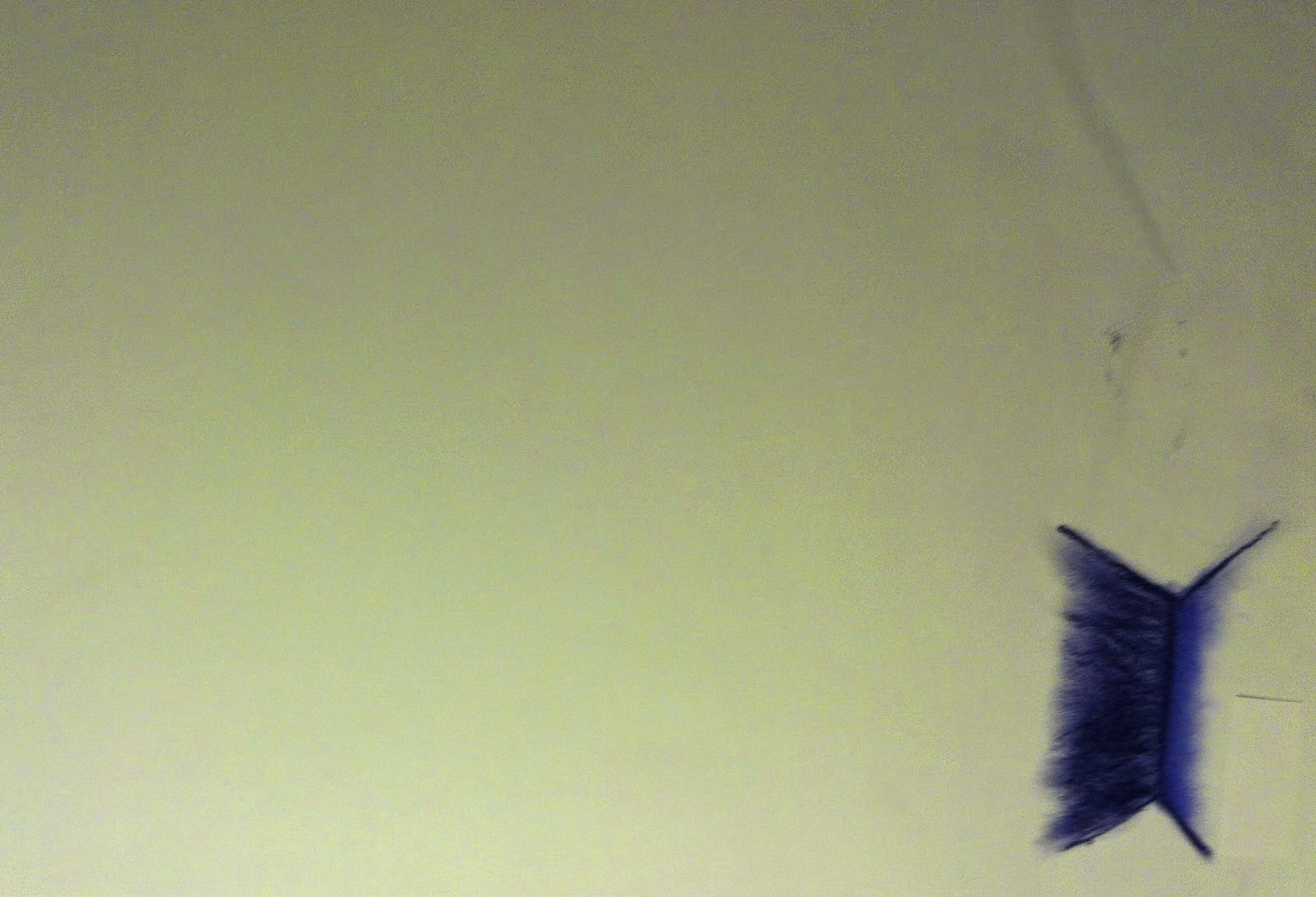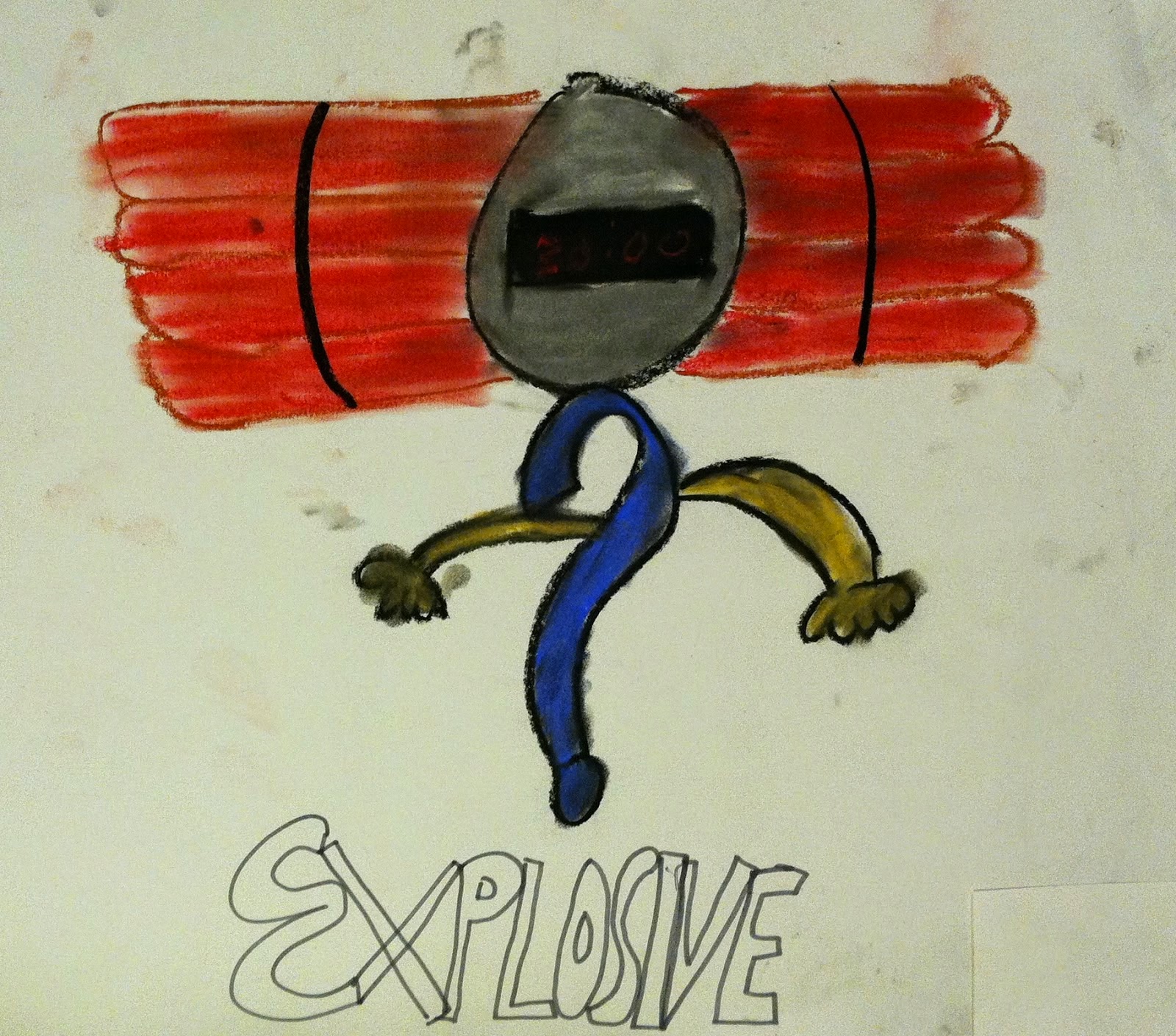This article was written by one of our social work interns, Jennifer Aleman. It is the first blog in a series dedicated to exploring options for the treatment of PTSD.
Tricia Winklosky is the Senior Director of Clinical Health & Wellness at the veteran nonprofit Hope For The Warriors®. In an earlier blog that she wrote for Hope For The Warriors®, she explained how art therapy has experienced tremendous growth over the past decade, not only advancing treatment options, but also for its ability to be fluid, flexible, and expressive. She explained how art therapy has become a viable option at military treatment facilities and has proven to reduce symptoms of combat stress, post-traumatic stress disorder, traumatic brain injury, anxiety, and depression. Art therapy is a valuable component of services offered by Veteran’s Hospitals (VA).
Drawing and painting for an hour has been shown to have significant changes in neurological activity. Scientists have started to focus their attention on trauma, its impact on the brain, and the brain’s ability to bounce back (neuroplasticity). Creating art may activate the temporal lobes to elicit dormant memories, emotions, and sensations. The temporal lobes are concerned with language, emotion, memory, and sense of time. Engaging in art therapy sparks the usage of certain parts of the brain that that are not available during verbal processing. Activating these parts of the brain could help process trauma and might help veterans cope more effectively. Traumatic memories are held in the non-verbal right brain, which has its own language of symbols and sensations, and can be decoded in order to create a narrative. This side of the brain can be accessed by art therapy in order to improve communication between the brain hemispheres, which assists in the processing of traumatic material.
The Family Reintegration Program, managed by Hope For The Warriors®, incorporated couple’s art therapy groups with the goal of managing PTSD by improving their communication skills. Participants from the former Family Reintegration Program at Holliswood shared their experience with the program:
“My husband loved the art therapy while at Holliswood. Art is his release and passion. He is able to escape from his problems and stress while painting and drawing.”
--Heather, Spouse
“The general process of doing art or creating anything is quite meditative. I think that creative activities bypass regular cognitive “thinking” and reaches areas that you don’t reach by just thinking. It seems to help reconnect the breaks between the emotions and analytical parts of the heart and brain that often occurs as a result of trauma/survival situations.”
--Gayle, Spouse
“We love it!! The bridge exercise was a great communication tool for my husband and I!”
--Michelle, Participant
According to these participants, creating art helps service members and their families talk about difficult topics. Incorporating the family into art therapy is an effective way to help rebuild the family unit.
Veterans who participated in this program were able to connect on an emotional level, overcome avoidance, show an increased tolerance of difficult feelings, which promoted understanding and improved communication both with self and others. Participants were able to share their deep fears and anxieties in a manageable way.
PTSD impacts veterans on many levels because not only does it contribute to painful symptoms, memories and changes in the individual but it separates the service member from their family unit and the larger community. Art therapy has the potential to help service members cope with symptoms, develop self-expression techniques, restore confidence, strengthen families and build community support. With the growing pool of research that indicates the importance of Art Therapy, it is imperative that Art Therapy shifts from being discussed as an alternative therapy and been seen as a core treatment practice.



No comments:
Post a Comment